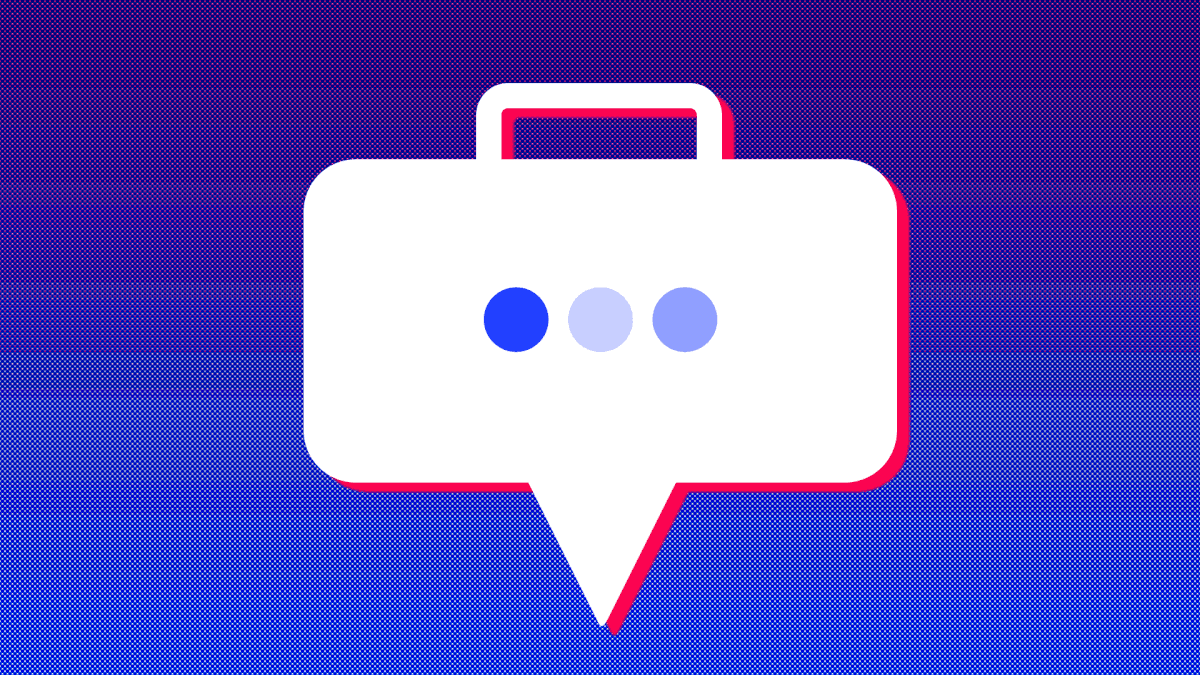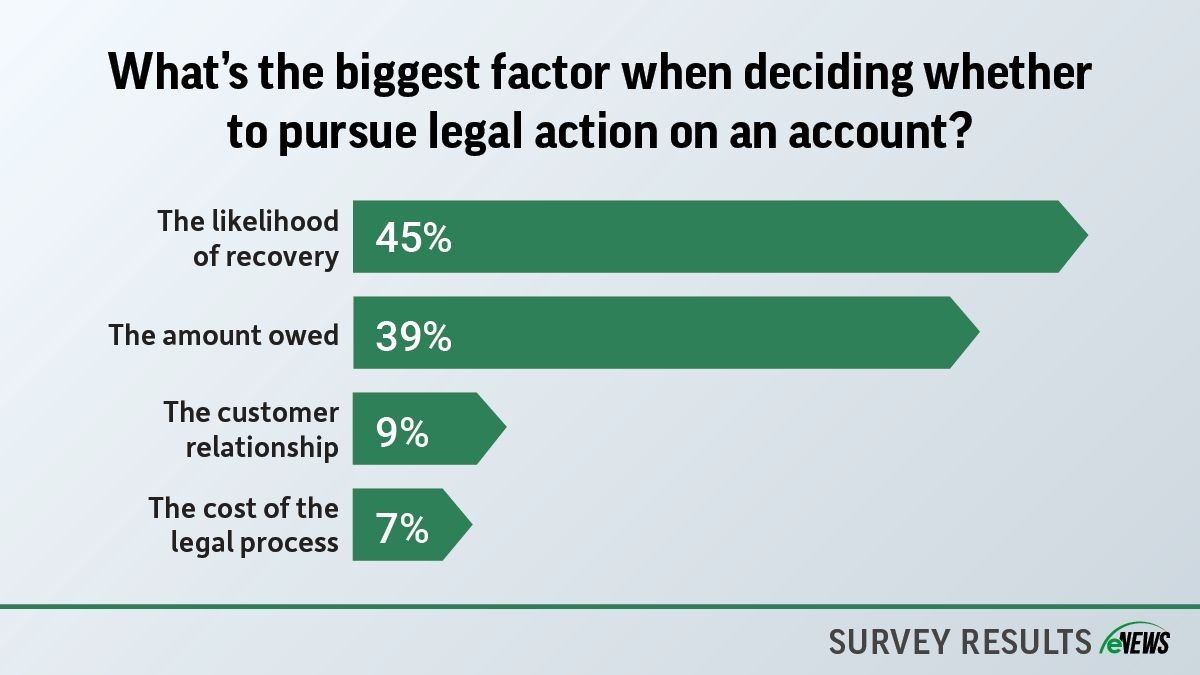eNews, Leadership
Strategies to enhance performance in a multigenerational workforce

Peter Drucker, ‘the father of management,’ famously said, “The most important thing in communication is hearing what isn’t said.” Feedback remains essential to continuous improvement and competitiveness. However, current feedback systems are broken and disliked by both managers and employees. They focus on the past, feel reproachful and often lack problem-solving opportunities.
Insights-based system-wide approaches to feedback are needed now more than ever, as we have up to five generations in the workplace. Millennials and Gen Z require more novel approaches to feedback that allow for real-time, bite-size information. They need feedback that they can act on authentically, which enables them to experiment with new behaviors and see different results.
As a former Chief Marketing Officer and leadership veteran with over 20 years of experience in Fortune 500 companies and as a Leadership and Team coach, I have coined the term “healthy friction” to describe the learning opportunities we can create systemically in the workplace to foster these teaching moments.
Building a Feedback Loop offers a solution by establishing a robust feedback system that enhances performance and drives growth. Traditional feedback often serves as an annual judgment of past actions, missing opportunities for reflection, learning and future improvement. To get you started, here are three practical strategies I often use with my coaching clients to “test and learn” from to create more dynamic feedback systems that provide regular, constructive feedback.
- From “What’s working/What’s not working” to “What will you do differently.”
One of the most effective ways to assess past performance involves a degree of introspection. Reflecting on our strategies, tactics and actions helps us understand how well we executed our plans and influenced others to contribute effectively. A popular method for this is the “What’s working/What’s not working” framework. This approach is practical when you have achieved your desired goals and are looking to optimize the process. However, it tends to focus on summarizing past events without offering a forward-looking perspective.
To truly benefit from past experiences, it’s essential to incorporate “healthy friction” or teaching moments that guide future actions. This is especially critical for younger generations, who seek on-the-job learning to address perceived gaps in their education and past work experience. Moving from simply evaluating what happened to consider “What will you do differently?” shifts the focus towards continuous improvement. Regular team reflections on successful strategies, areas needing improvement and actionable changes are crucial for fostering the right behaviors within your team. This structured reflection encourages ongoing feedback and adaptation, ensuring that lessons learned translate into future success.
- What needs to be true for you to achieve your goals
This powerful way of thinking removes the limitations we often impose on ourselves, allowing us to understand better our constraints, as well as those of our teams and systems. This approach is especially critical when leading transformational projects where envisioning a different future and outcome is necessary.
By asking employees to consider the conditions required for their success, you empower them to shift from a defensive mindset to a problem-solving one. The first step is to identify our blind spots and the assumptions we carry. This awareness also helps leaders recognize others’ limitations and assist them in challenging their assumptions about a particular project or strategy. This process helps identify barriers and proactively seek solutions, making feedback more actionable and goal oriented.
Whether you are launching a new product, creating a new process and laying the strategic plan for your business, leaders often hear responses like, “We have tried that before, and it didn’t work,” “That won’t work for us,” or “That will make us less efficient.” These quick rejections of new strategies are common initial reactions to change, as humans tend to resist change, equating it with risk and danger. Encouraging a mindset that focuses on what needs to be true for success creates a “stop and think” moment, helping to overcome this resistance and fostering a culture of innovation and continuous improvement.
- What-if questioning
Using imagination through “what if” scenarios allows us to explore innovative solutions. This approach is expansive and enables transformational rather than incremental change. The key is to let your imagination wander, focus externally on trends and connect the dots to draw insights.
A well-known industry example of this approach is Steve Jobs at Apple. He famously said, “Innovation distinguishes between a leader and a follower.” Steve Jobs frequently employed “what if” questioning to drive innovation. For instance, when developing the iPhone, Jobs asked, “What if we could combine a phone, an iPod and an internet communicator?” This question led to the revolutionary device that transformed the tech industry. His ability to envision what was possible, rather than being constrained by what existed, enabled Apple to create groundbreaking products.
As a coach, I often ask, “What if you had a magic wand?” to encourage creative thinking and uncover new strategies for achieving performance goals. This kind of questioning helps break free from conventional constraints and opens up a world of possibilities, much like how Jobs and his team approached innovation at Apple. By imagining different scenarios and outcomes, leaders and teams can discover novel solutions and drive significant change.
Albert Einstein once said: “Imagination is more important than knowledge. For knowledge is limited, whereas imagination embraces the entire world, stimulating progress, giving birth to evolution.”
Establishing effective feedback systems is essential for fostering performance and growth in a multigenerational workforce. By moving beyond traditional methods and incorporating strategies like introspection, forward-looking questioning and imaginative scenarios, leaders can create a culture of continuous improvement and innovation. This approach addresses the diverse needs of a multigenerational team by creating “healthy friction” that serves as empowering teaching moments. It also empowers employees to engage proactively in their development and success.
Jenny Fernandez is an executive and team coach, workshop facilitator and faculty member at Columbia University and New York University. She consults on personal leadership, employee engagement and retention and team effectiveness. Learn more about her coaching and masterclass offerings at www.jennyfernandez.com.
This article originally appeared on SmartBrief.





